Protecting Grapes From Birds: A Guide To Protect Grape Plant From Bird
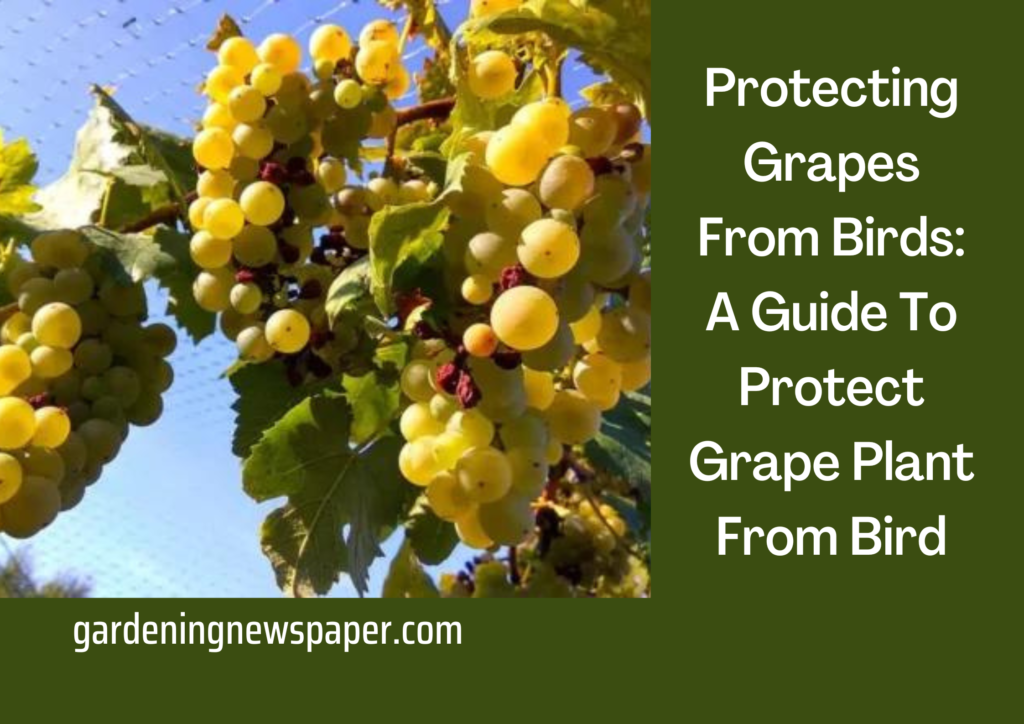
Many crop growers struggle with the problem of birds. They destroy food like grapes, spread disease, and harm farms. We have a fix for the bird damage issue. We assure you that all grape growers deal with this issue. By consuming only a few grapes, they can potentially sabotage an entire harvest.
Don’t worry though; there are steps you can take to protect your grapes from birds. We’ll share some of the most effective techniques for preventing them from getting near your grapes with you in this blog post. So continue reading if you want to discover how to keep birds away from your grapes!
The Types of Birds That Are a Threat to Grapes
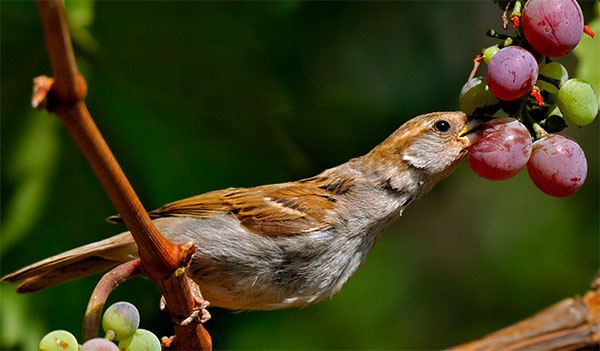
There are several bird species that could endanger grape harvests. Swallows, starlings, and blackbirds are the three primary bird species that frequently cause the greatest harm. They are especially drawn to ripening grapes and will consume them voraciously if given the chance.
There are a number of strategies to protect grape crops from them. The use of nets or actual obstacles is one way to prevent them from reaching the grapes. Another choice is to utilize bird scarers, which are contraptions that frighten birds away with loud noises or alarming visual effects.
Finally, to prevent birds from perching on the vines, grape producers might employ bird repellents. These deterrents can be applied to the vines using a spray bottle or included in irrigation water.
All of these techniques can be useful for protecting grapes, but it’s crucial to pick the one that best fits the requirements of the specific grape crop. For instance, nets or barriers can be the best choice if the area around the vines is large. Bird scarers might be a more practical option if there is little room. Additionally, bird repellents can be the only choice if there is a sizable area where the grapes are inaccessible to humans.
Installing bird netting
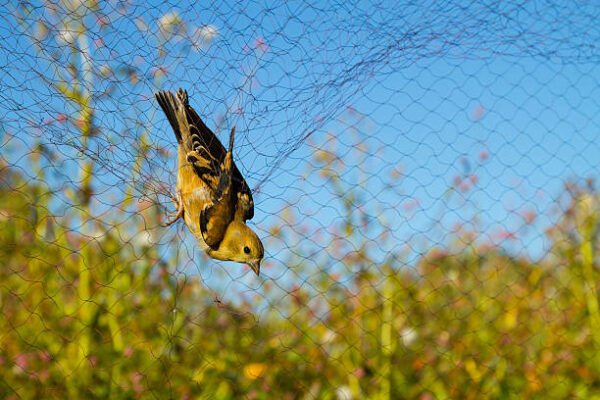
Many vineyard owners install netting to protect their grapes from being eaten. This is a quick and inexpensive method of deterring birds from eating the grapes that are also easy to implement.
You may choose a bird netting that will suit your particular requirements because it is available in a range of sizes and shapes. Additionally, it is portable and lightweight, allowing you to change it as necessary. Furthermore, bird netting is translucent, so it won’t obscure the view or detract from the beauty of your vineyard.
Bird netting is the ideal solution if you’re trying to save your grapes. It works well, is reasonably priced, and is simple to install.
Planting decoy crops
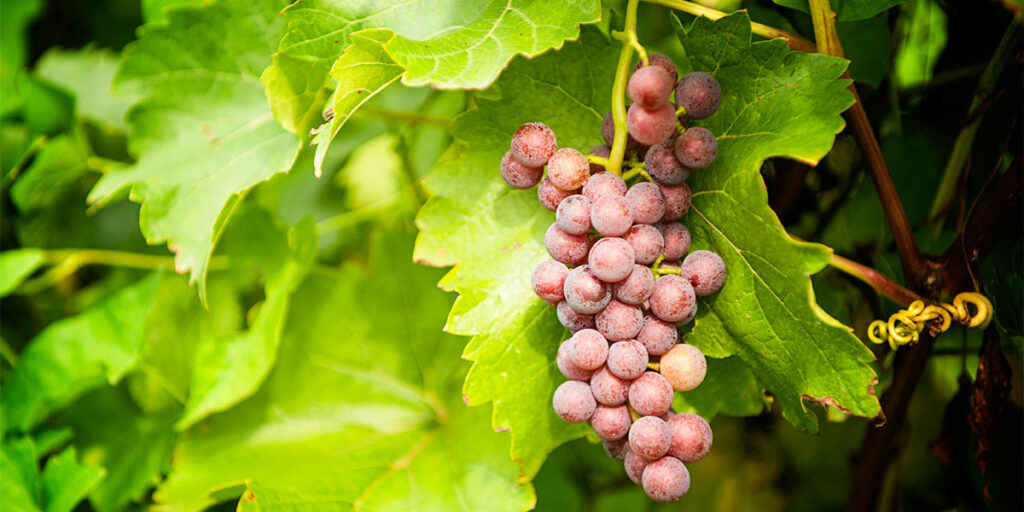
Planting spook crops is one strategy for preserving grapes. Plants known as decoys imitate the crop you’re attempting to rescue but don’t provide the same nutritional benefits. They consume less of the grapes when they consume the decoys, which is less healthy for them.
When using decoys, there are a few factors to bear in mind. To begin with, confirm that the decoys are the exact same size and shade as the grapes. The decoys should also be placed near the grapes. The birds will have a difficult time distinguishing between the two as a result. Lastly, avoid using too many decoys. They might simply eat the decoys and overlook the grapes if there are more decoys than grapes.
If you follow these tips, you can save your grapes from birds without too much trouble.
Using scare tactics
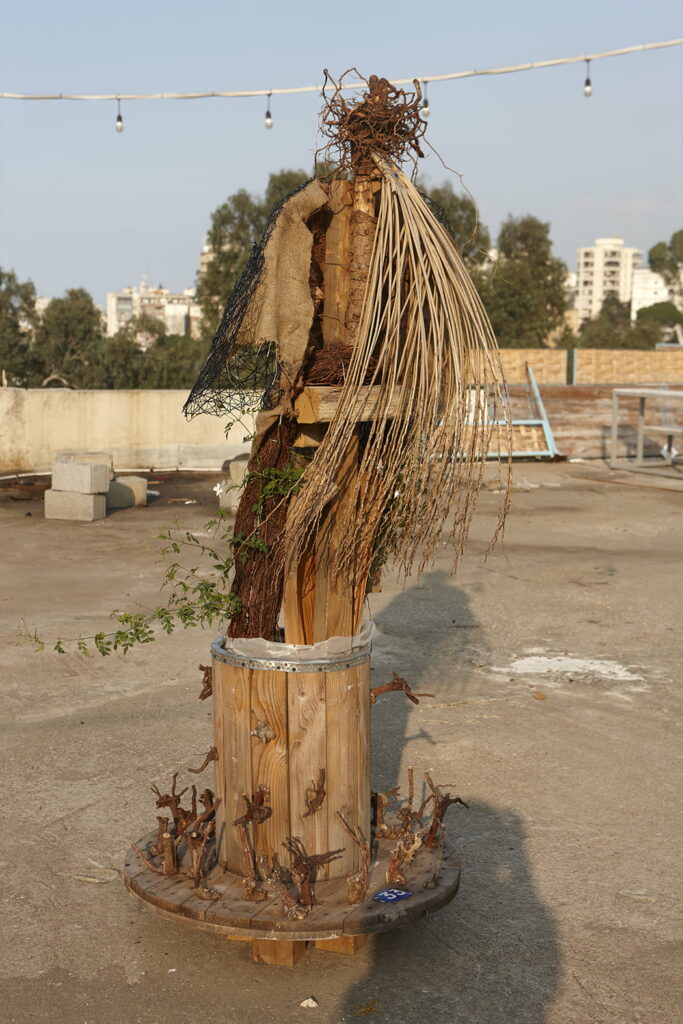
Scare techniques are one approach to stop them from eating your grapes. This entails startling them and causing them fly away by creating loud noises or using other techniques. As birds are drawn to shiny stuff, you might also try hanging shiny objects from the grapevines. The grapevines could also be netting-covered as an alternative. This will keep them and other animals away from the grapes.
Grape producers can take a few steps to guard their grapes against them. These consist of growing ruse crops, employing fear-mongering techniques, and netting the grapevines. Growers may protect their grapes from these feathered buddies by using the advice in this article.
Visual deterrents
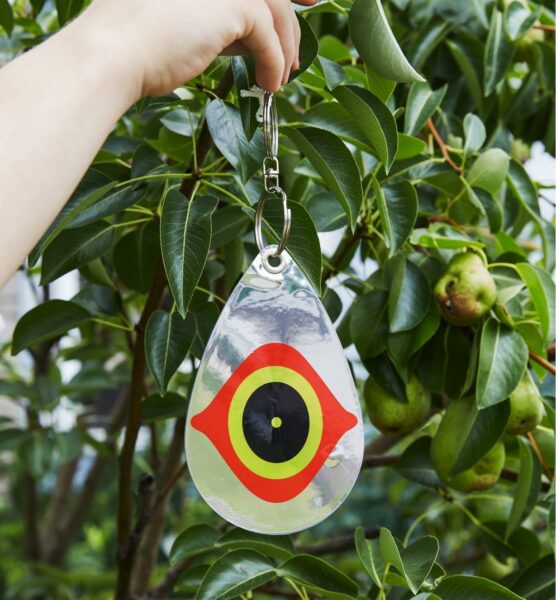
Scare tactics have been employed by farmers for a long time to deter people from eating their grapes, but modern technology has made it simpler and more successful than ever. Birds are scared away from grapes using a mix of sight and sound using visual deterrents, which are now widely accessible.
The HawkEye II, one of the most well-known visual deterrents, scares away birds by imitating a real hawk. The hawk is perched on a tall pole and moves realistically to frighten away birds. The hawk may be programmed to move in many ways and can be adjusted to match the farm’s colors.
The Scarecrow is a famous visual deterrent that scares birds by making loud noises and flashing lights. The Scarecrow is battery-powered and may be connected to a fence or put on a post. Additionally customizable, it can be tailored to each farm’s requirements.
The Scarecrow and HawkEye II are both offered by Bird-B-Gone, a renowned producer of visual deterrents. Farmers who are interested in bird protection for their grapes can learn more on the Bird-B-Gone website or by getting in touch with a representative.
Habitat Modification Strategies
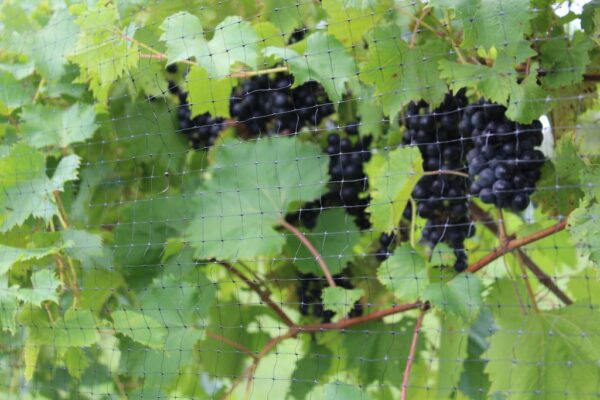
Grapes can be protected from birds in a number of methods. Utilizing netting is one popular technique. Usually, pegs are used to anchor the netting to the ground and surround the grape crop. Birds won’t be able to enter the field and consume the grapes because of the netting.
To rescue your grapes, scare techniques are a typical alternative. This can involve the use of visual deterrents like predator models or reflective film as well as noisemakers like propane cannons. These techniques are effective at keeping birds away from the grapes.
Finally, some farmers may combine the use of nets and fear-mongering techniques. The grapes are frequently best protected from birds in this way.
Utilizing chemical repellents
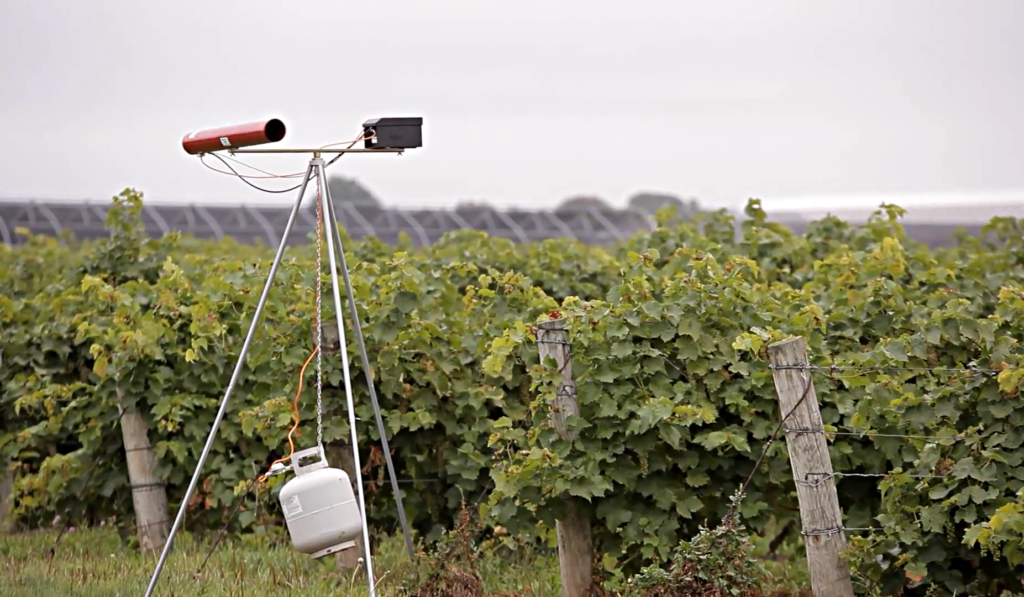
Numerous birds love grapes, which can cause substantial crop loss for grape growers. Bird protection strategies include netting, scarecrows, and noisemakers, among others. Sometimes, chemical repellents are also employed, but these must be sprayed carefully to protect the grapes.
Methyl anthranilate is a typical chemical repellant that is acceptable to use on food crops. The birds taste this chemical when they attempt to consume the grapes after it has been applied to the grape plants. The birds rapidly learn to avoid it since the taste is unpleasant.
Acetophenone is yet another chemical repellent. This product, which is made from cinnamon oil, has a potent scent that keeps birds away. Although acetophenone costs more than methyl anthranilate, it might be more effective at deterring birds.
The use of chemical repellents has a few drawbacks. They must first be reapplied frequently to maintain their effectiveness. If not utilised appropriately, they might also hurt other animals. Last but not least, some people think chemical repellents are cruel since they hurt or distress the birds.
Despite these drawbacks, chemical repellents are often the best option for protecting grapes from birds. They are safe and effective at keeping grapes safe from damage when used correctly.
Protect Grapes and Grape Plants: Conclusion
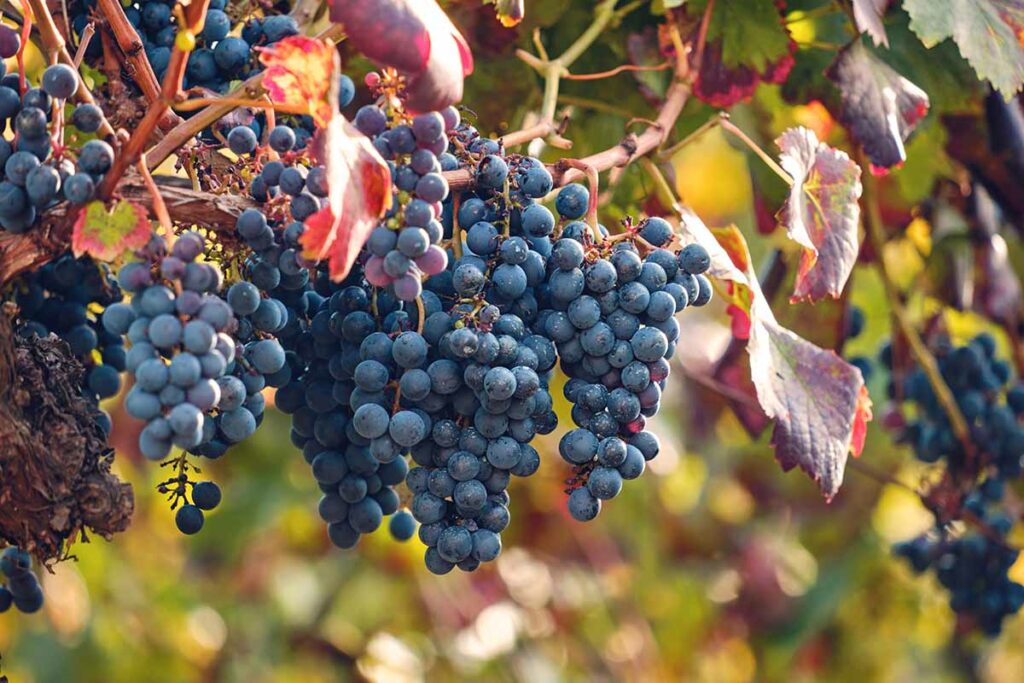
Birds can be kept away from grapes in a variety of methods. The most successful technique will depend on the type of grape and the severity of the infestation. Some techniques are more effective than others. Scarecrows, traps, and netting are a few typical techniques.
The most popular and efficient kind of protection is netting. In order to prevent the birds from seeing the grapes, it is crucial to select an opaque net. Additionally, the net ought to be impenetrable to birds so that it is tight enough.
Scarecrows can be useful, but they must be well-made and positioned properly. The scarecrow should be positioned in an area where birds can see it and be large enough to frighten them.
Traps can be useful, but they must be rigged with a tasty treat for the birds. After being captured, the bird needs to be released far from the grapevines.
Although there are many various strategies for bird protection, netting is perhaps the most successful one. Scarecrows and traps, for example, can be useful alternatives but they take more work to set up and maintain.
Chemical repellents are another option, but they must be used carefully to avoid harming the grapes.
